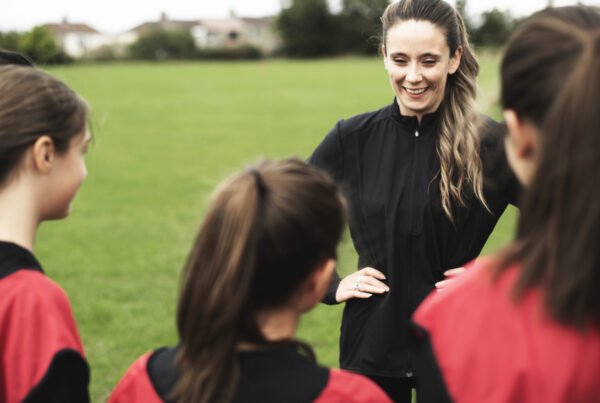Abstract
This paper provides a comprehensive review of research into the Community Asset Transfer (CAT) of leisure facilities in the UK. CAT is defined as the transfer of the management of facilities from the public sector, usually local authorities, to community organisations that are largely led by volunteers. The focus contributes to an existing debate about where exactly the boundary should lie between responsibility of the state and voluntary initiative with regards to the provision and operation of leisure facilities. The paper provides insight into the features and experiences of CATs, the methodologies and frameworks applied to studying CATs, and suggestions for future research questions that can overcome the current restraints to studying and understanding CATs.
Methodology
The literature review was conducted in April 2020. The relevant articles and reviews were collected through a range of search methods, including using the search terms “community asset transfer” and “asset transfer”, as well as through cross referencing. The authors also consulted with members of a review group of policymakers and practitioners to understand what research questions were important to practitioners.
Key Findings
The market position and extent of CATs varies across different public leisure facilities. Sports facilities are more profitable than for example libraries, making them more appealing to national providers and resulting in fewer CATs. Austerity politics has shifted focus away from community empowerment to cost saving, so that the main motivation for transfer is to reduce public expenditure. As a result, there is a major role for volunteers in the governance and delivery of these organisations, who are primarily motivated by a desire to stop facilities closing. The CAT process is complex, requiring significant time and resources from communities and local authority. Successful transfer will vary across regions and impact disadvantaged communities which lack the capacity and opportunities for community engagement. Future research questions regarding CATs should seek to greater understand the demographic of volunteers and their motivations, as well as the gains and losses from CATs and who experiences them. Creating a typology that clearly differentiates CATs by, for example, facility function, income level or objectives, will contribute to more generalisable theories.
Interpretation
The political and economic context of CATs is a bit different in Scotland to the rest of the UK, as it has a longer history of supporting community land trusts and encouraging community ownership of assets. However, the impact of austerity politics on increasing the number of CATs of leisure facilities cannot be ignored, as local authorities are increasingly required to save costs. There is a question mark about whether it is fair to expect volunteers to take on the burden of operating these leisure facilities, and whether it is economically sustainable. This is particularly important in the context of the pandemic, as we have seen the strain put on leisure facilities which rely on community support. It is also possible that CATs can compound inequalities to sport participation through regional differences, as disadvantaged communities will have less capacity to successfully manage local sport facilities. The dominant neoliberal ideology which emphasises competitive self-interest and free markets is incompatible with the idea of volunteer-run community organisations and this tension needs to be addressed going forward.




